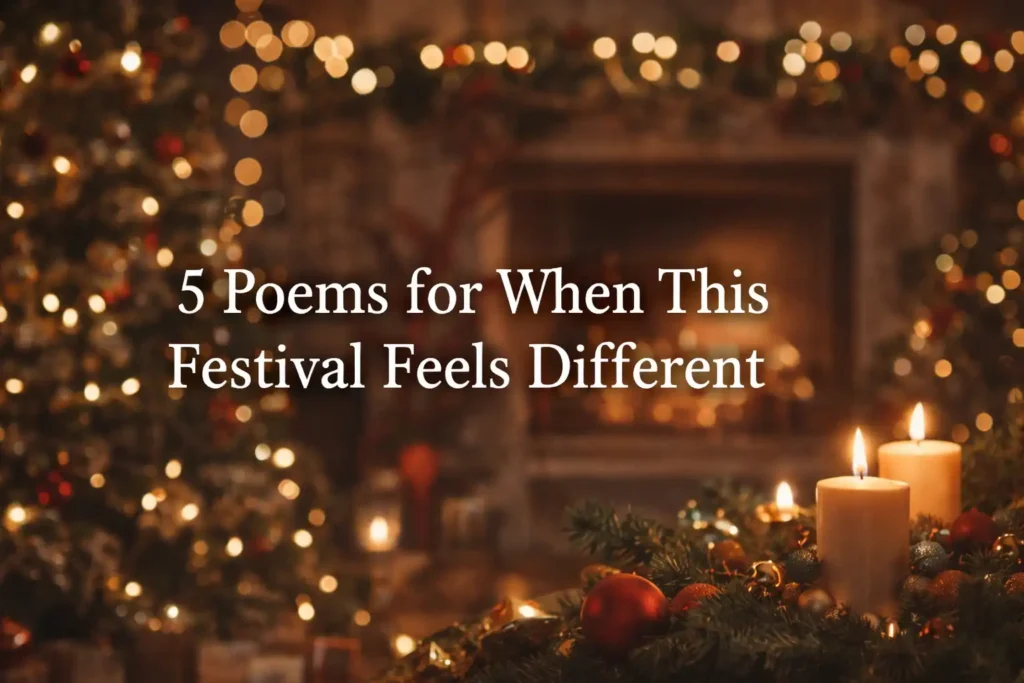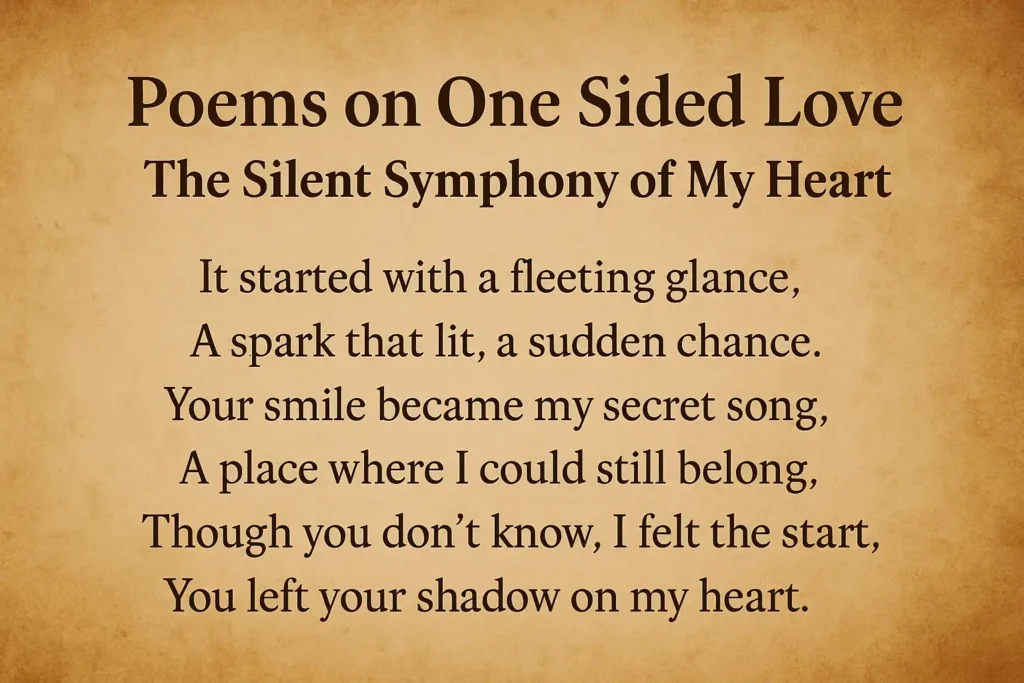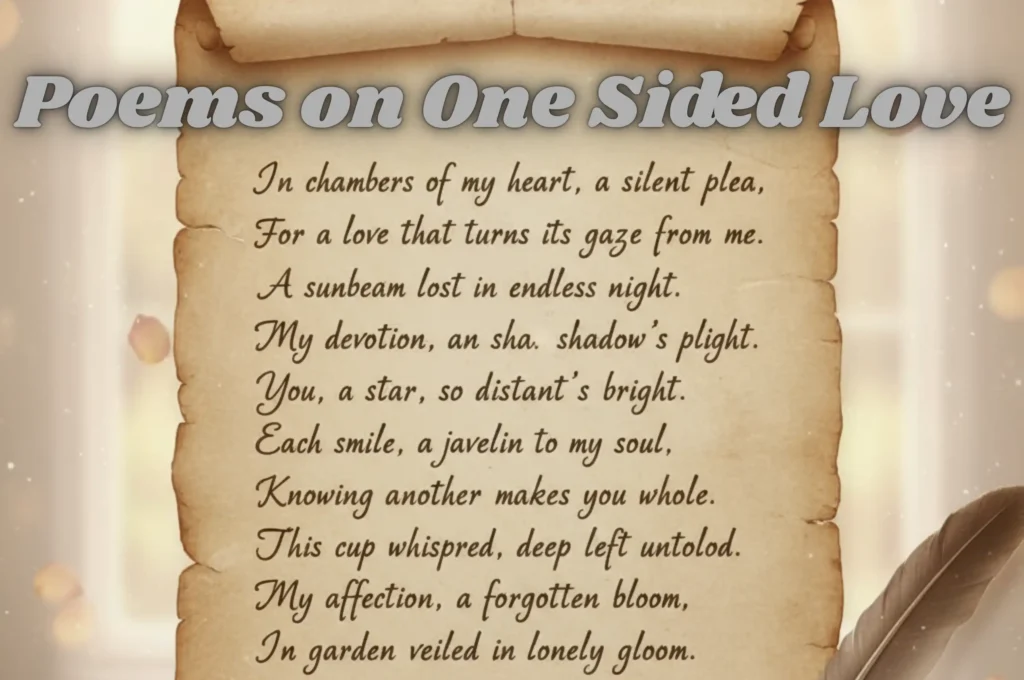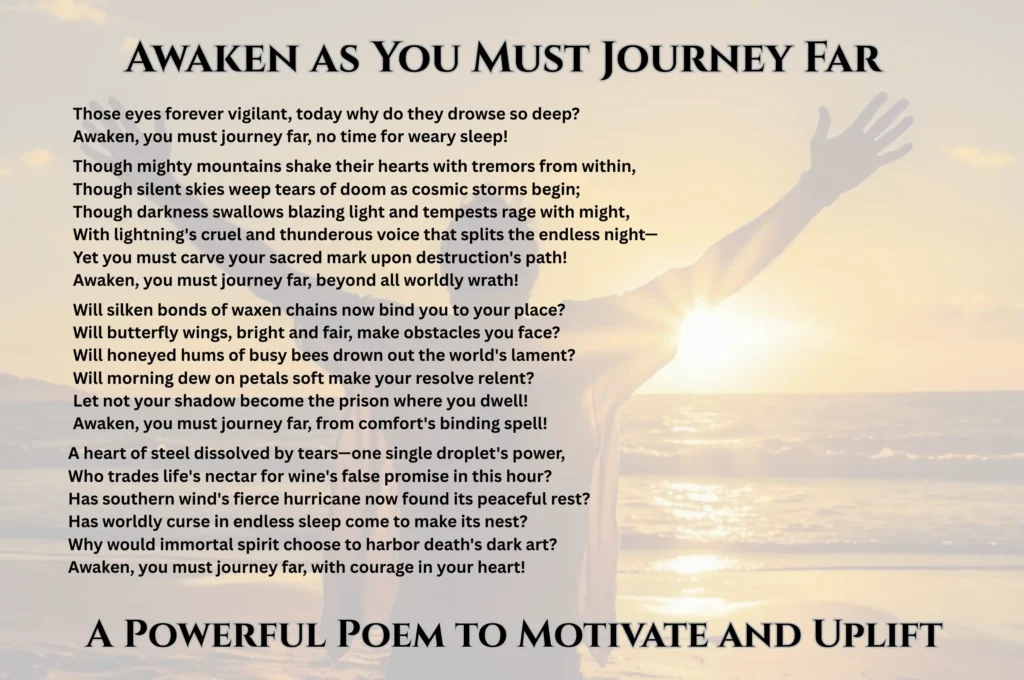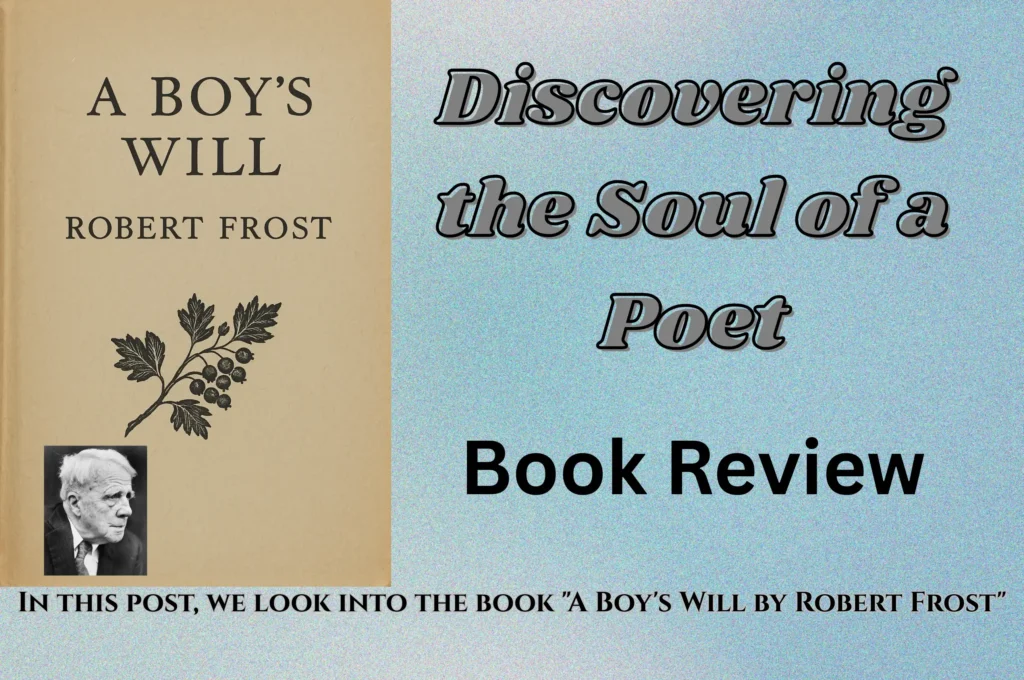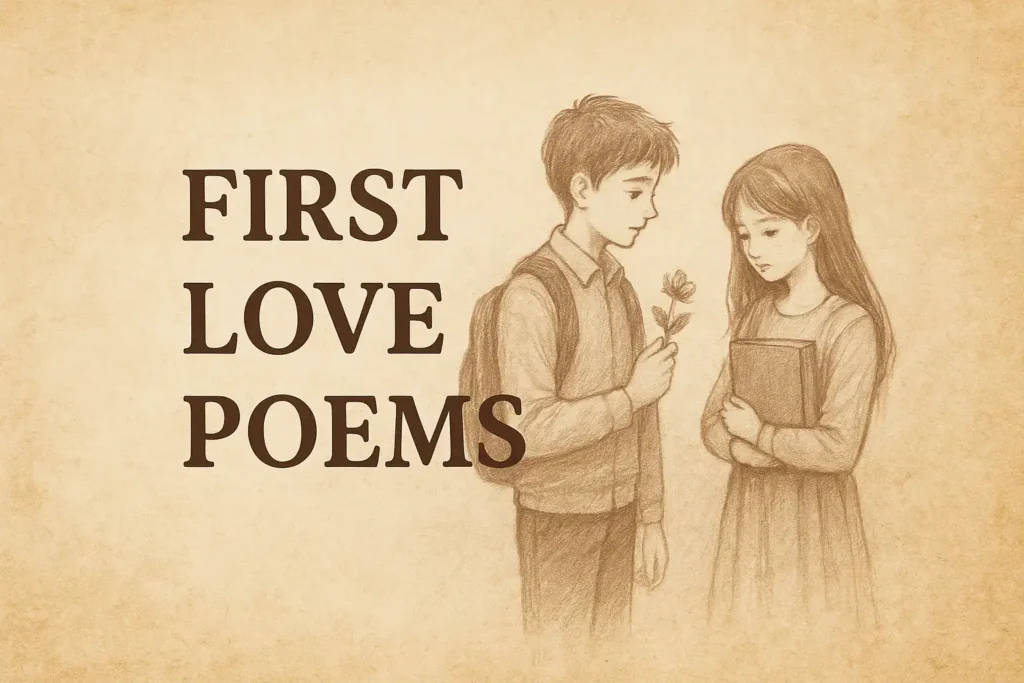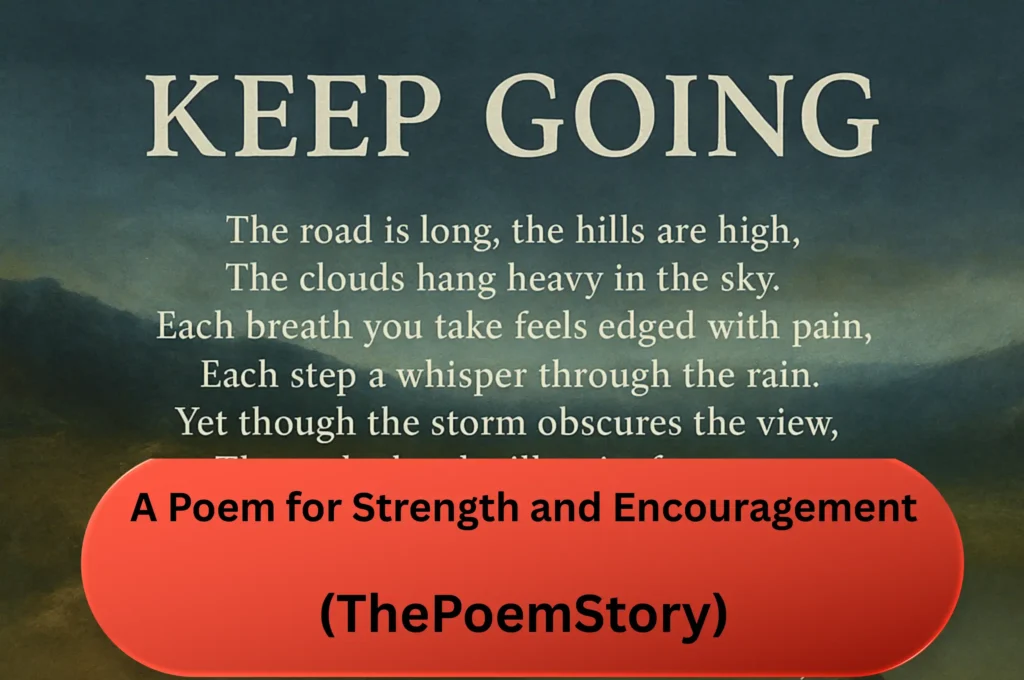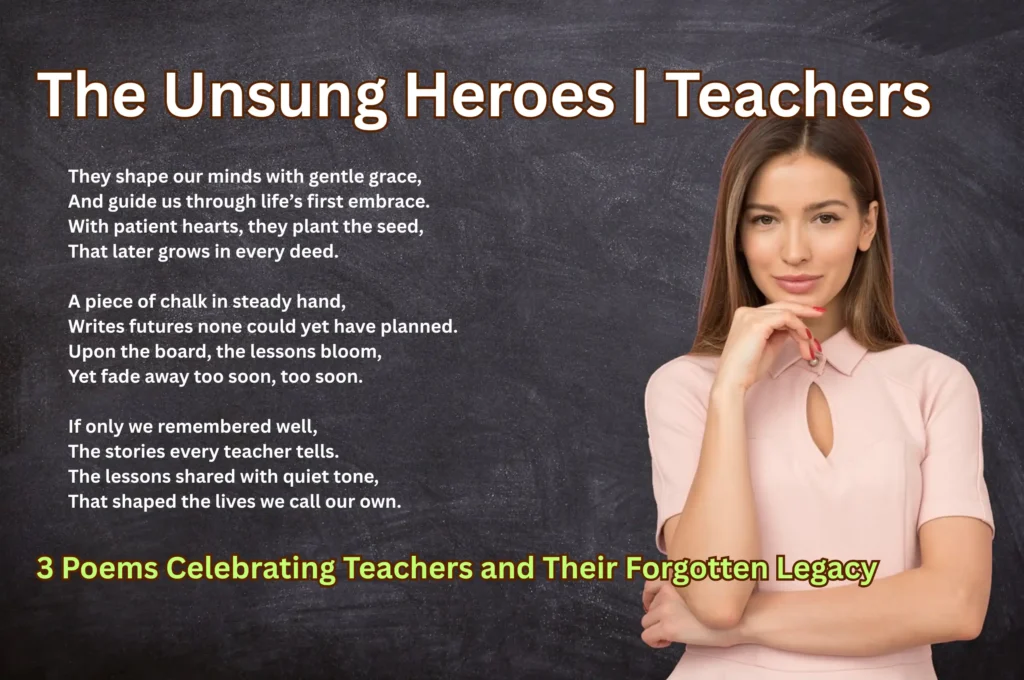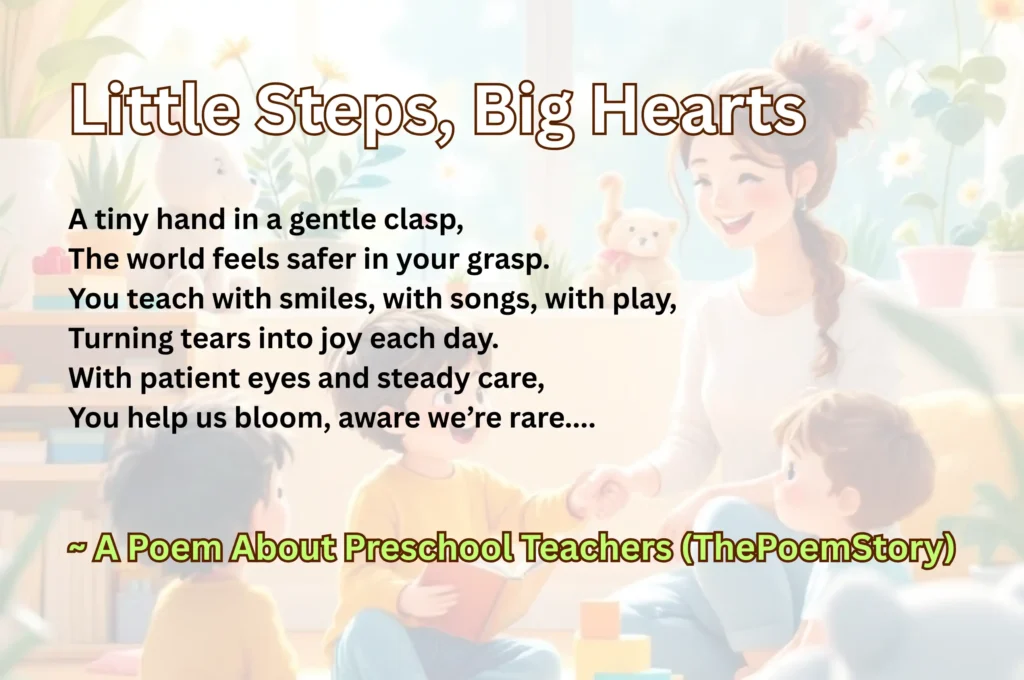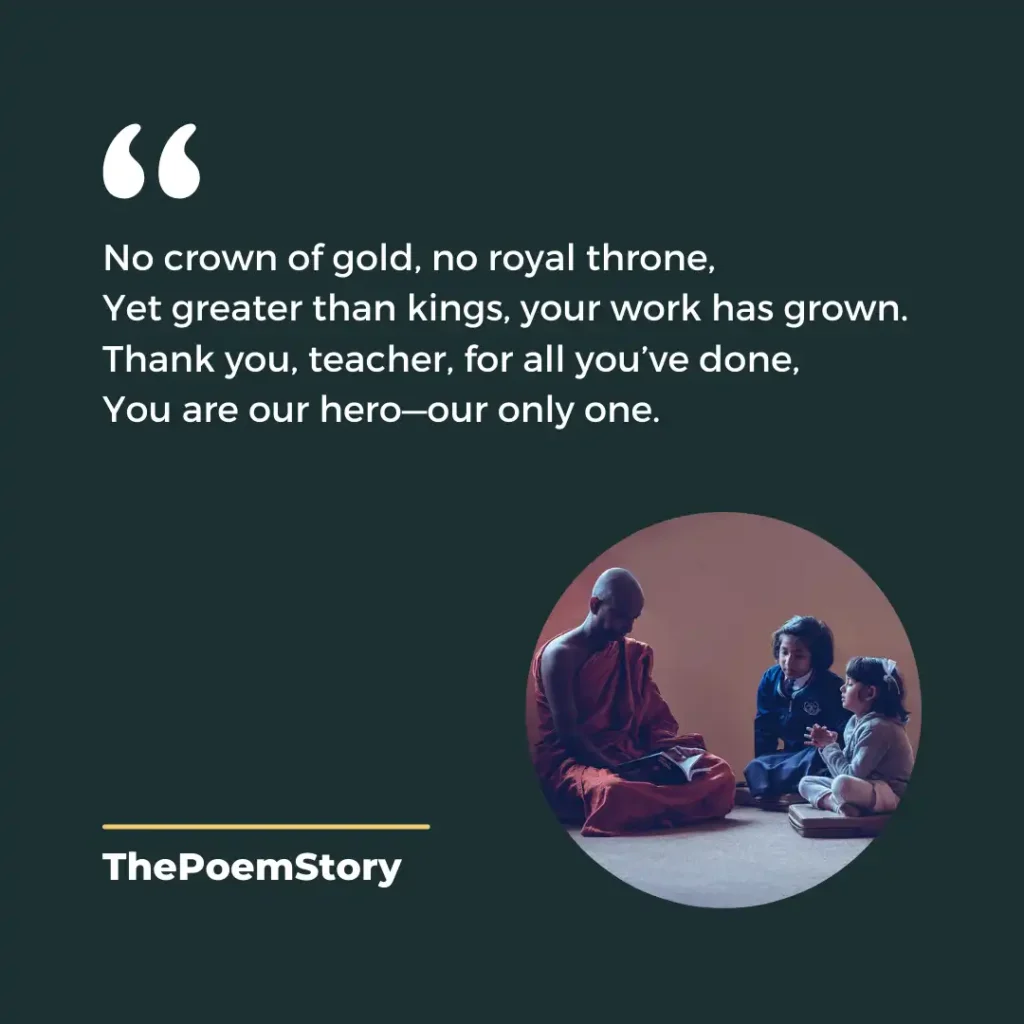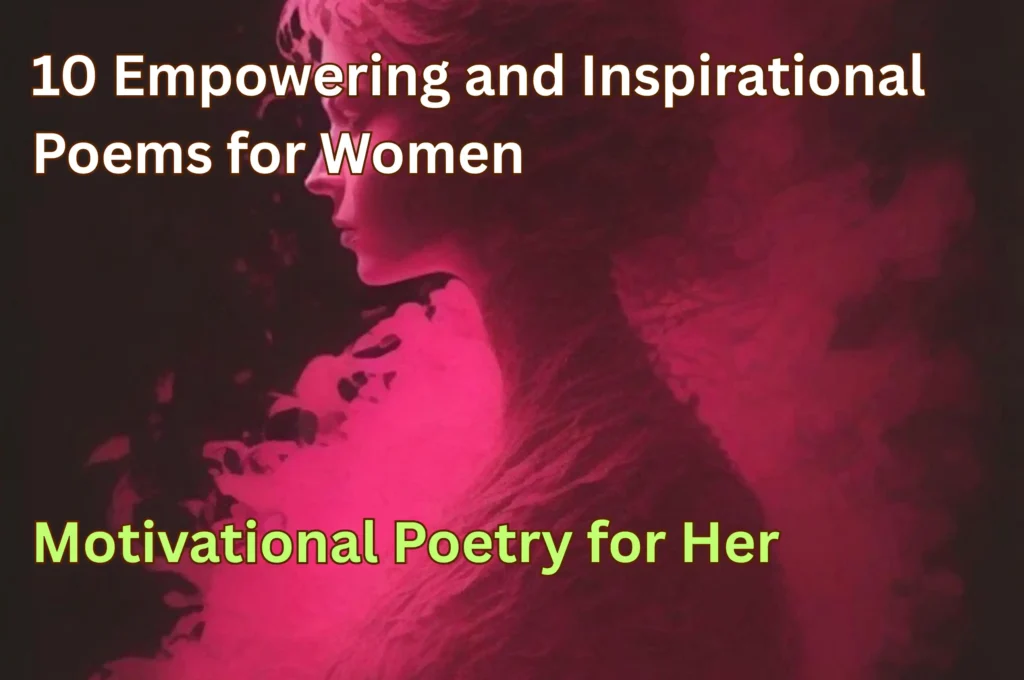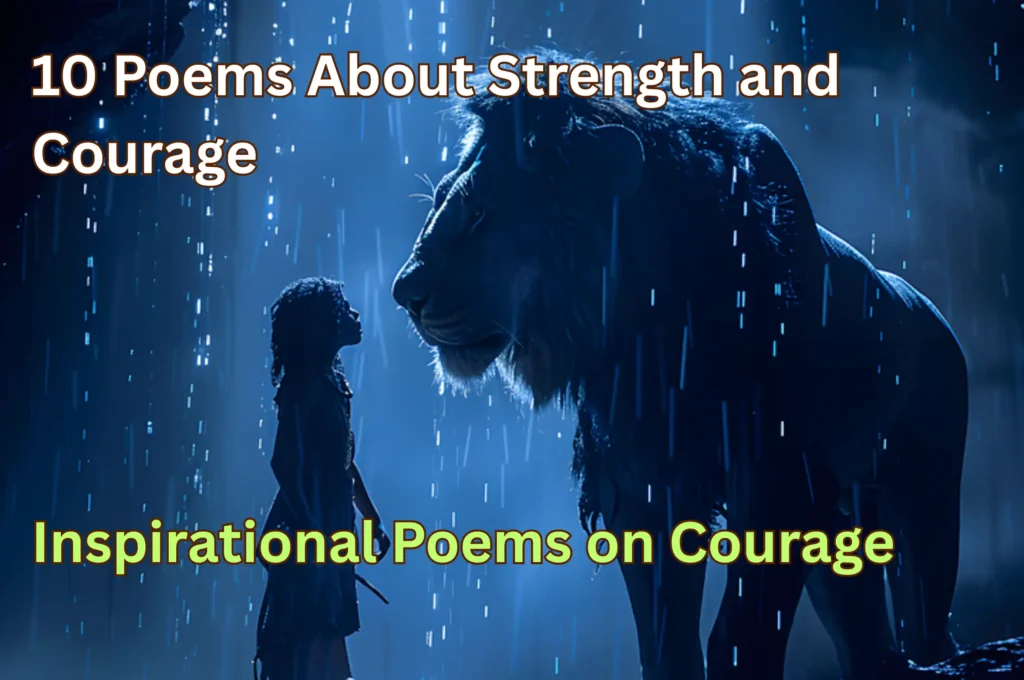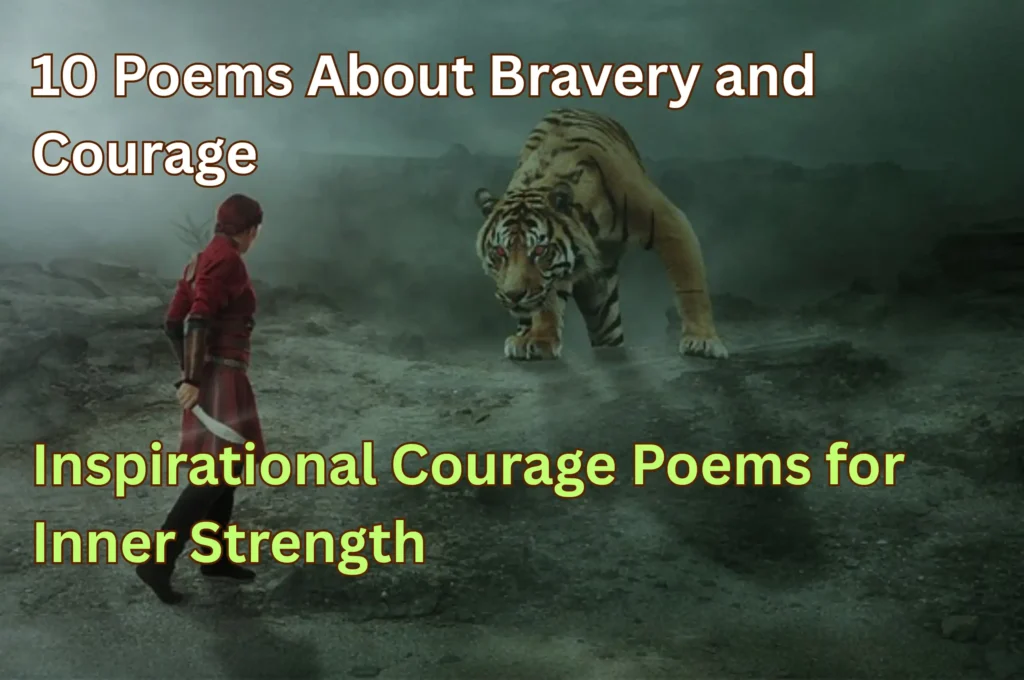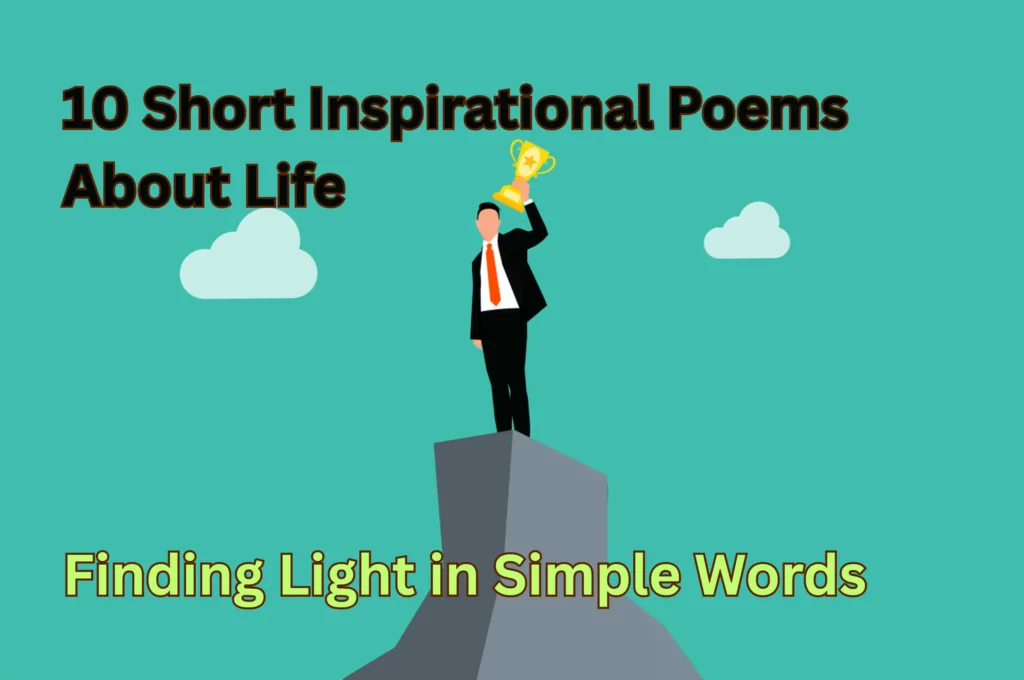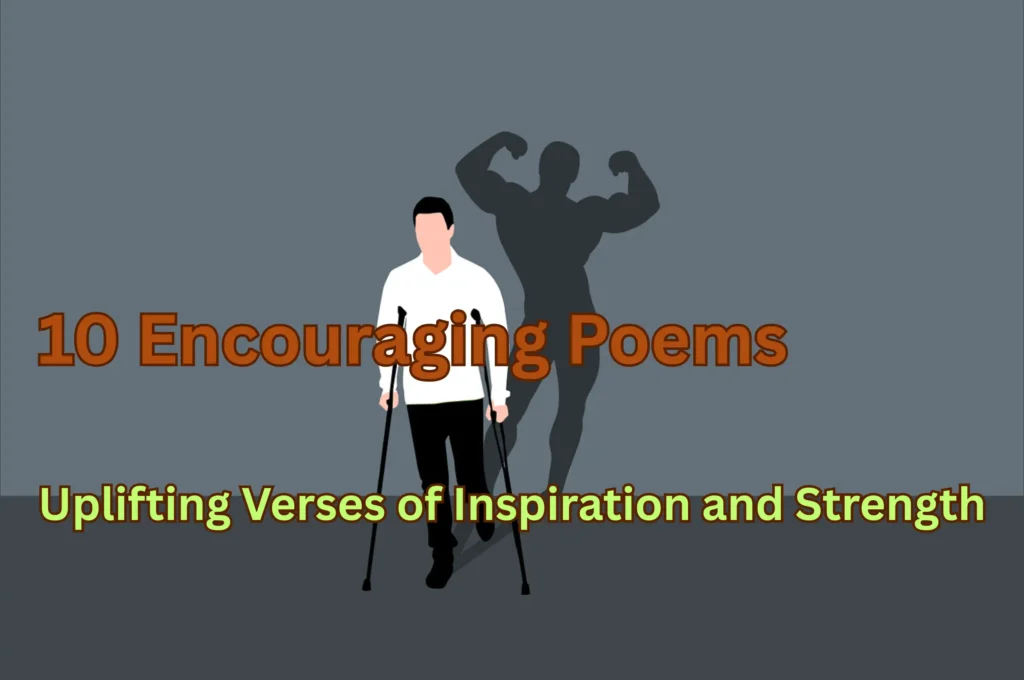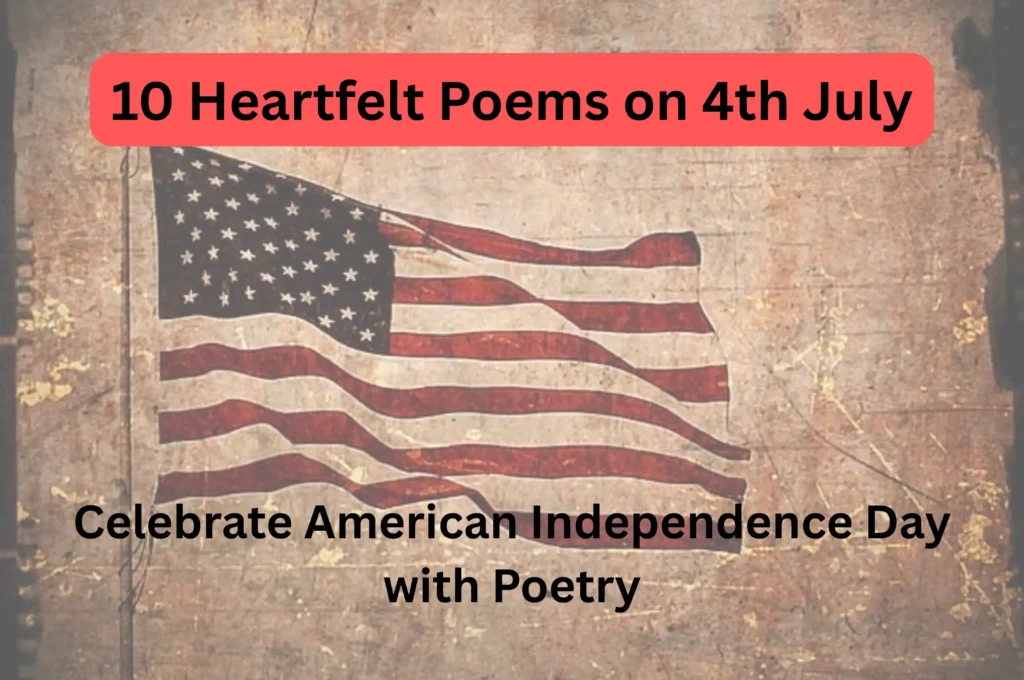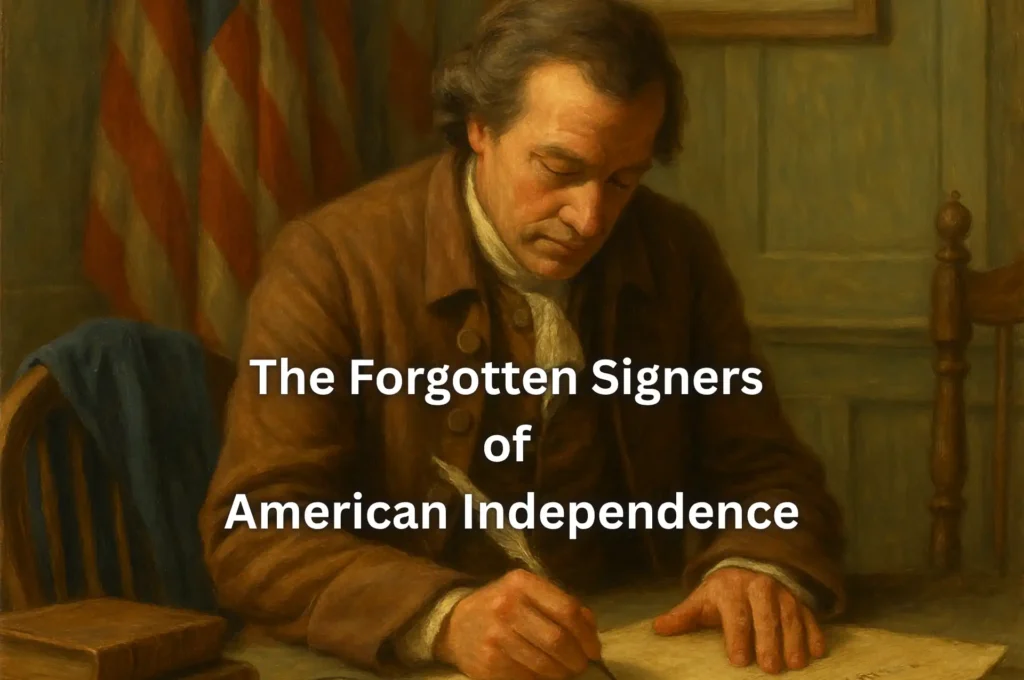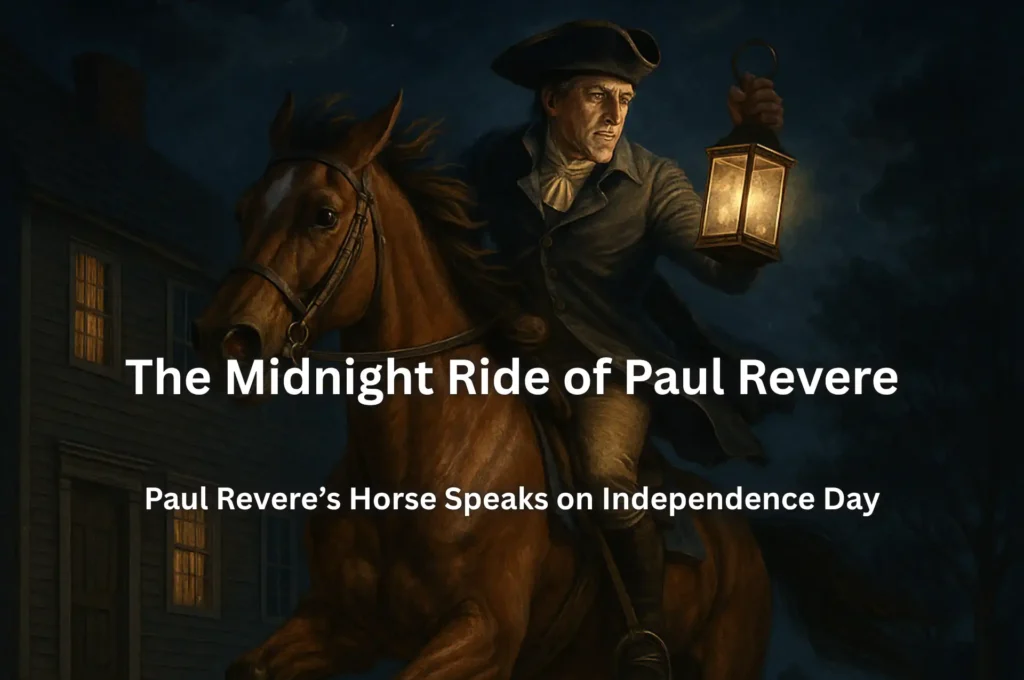Explore the concept of choices and their consequences in Robert Frost’s poem, ‘The Road Not Taken’. This thought-provoking poem emphasizes the importance of individuality and personal choice and raises questions about regret and the impact of decisions on our lives. Discover the symbolism and imagery used in the poem and reflect on your own choices and the paths you have taken. ‘The Road Not Taken’ serves as a timeless exploration of the complexities of decision-making and the power of our choices to shape our destinies.
Explore Category: English Poems
Read: Hindi Poems
Topics Covered: The Road Not Taken, the road not taken poem, the road not taken by robert frost, the road not taken analysis, the road not taken meaning
Also Explore: Online Education by ThePoemStory
Table of Contents
The Road Not Taken by Robert Frost
The Road Not Taken Poem
Two roads diverged in a yellow wood,
And sorry I could not travel both
And be one traveler, long I stood
And looked down one as far as I could
To where it bent in the undergrowth;
Then took the other, as just as fair,
And having perhaps the better claim,
Because it was grassy and wanted wear;
Though as for that the passing there
Had worn them really about the same,
And both that morning equally lay
In leaves no step had trodden black.
Oh, I kept the first for another day!
Yet knowing how way leads on to way,
I doubted if I should ever come back.
I shall be telling this with a sigh
Somewhere ages and ages hence:
Two roads diverged in a wood, and I—
I took the one less traveled by,
And that has made all the difference.
The Road Not Taken Meaning
Two roads diverged in a yellow wood,
And sorry I could not travel both
And be one traveler, long I stood
And looked down one as far as I could
To where it bent in the undergrowth;
This line sets the scene, describing the speaker’s encounter with a fork in the road while walking through a forest (“yellow wood”). The “two roads” represent two different paths or options in life.
The speaker expresses regret or sorrow at the impossibility of simultaneously exploring both paths. This reflects the common human experience of facing choices and the limitations inherent in making decisions.
The speaker pauses for a considerable amount of time, indicating the weightiness of the decision before them. This suggests hesitation and deliberation as the speaker contemplates which path to take.
The speaker visually examines one of the paths, trying to see as far ahead as possible to gauge its potential outcomes. The mention of the path “bending in the undergrowth” implies that the path is obscured from view, symbolizing the uncertainty and unpredictability of the future.
Overall, these lines introduce the central themes of choice, regret, and uncertainty that permeate the poem. They highlight the speaker’s dilemma of having to choose between different paths in life and the difficulty of knowing which path to follow.
Then took the other, as just as fair,
And having perhaps the better claim,
Because it was grassy and wanted wear;
Though as for that the passing there
Had worn them really about the same,
The speaker decides to take the second path after considering both options. The phrase “just as fair” suggests that the other path appears equally attractive or appealing as the first one. It implies that the speaker’s decision is not based on one path being inherently better than the other but rather on the speaker’s subjective perception.
The speaker justifies their decision by suggesting that the second path “perhaps” has a better claim or reason for being chosen. This could be interpreted as the speaker rationalizing their choice, perhaps based on superficial characteristics or personal preference.
The speaker provides a reason for choosing the second path: it is grassy and appears less traveled, suggesting that it is in need of being walked upon (“wanted wear”). This description emphasizes the path’s natural, untouched state, which may appeal to the speaker’s sense of adventure or desire for exploration.
Despite the speaker’s perception that the second path is less traveled, the reality is that both paths have been traversed by others (“the passing there had worn them really about the same”). This observation underscores the idea that both paths are equally valid choices and have been experienced by others before the speaker.
Overall, these lines explore the speaker’s decision-making process and the subjective nature of choice. The speaker chooses the second path based on its perceived novelty and the desire to explore the unknown, even though both paths ultimately lead to similar destinations.
And both that morning equally lay
In leaves no step had trodden black.
Oh, I kept the first for another day!
Yet knowing how way leads on to way,
I doubted if I should ever come back.
The speaker reflects on the similarity between the two paths they encountered earlier. Both paths are described as lying equally untouched (“equally lay”) and covered with leaves that have not been stepped on or worn down (“leaves no step had trodden black”). This description reinforces the idea that both paths are relatively unexplored and hold equal potential.
The speaker expresses a desire to explore the first path at a later time. Despite initially choosing the second path, the speaker decides to keep the first path in mind for potential future exploration. This decision suggests a sense of curiosity and openness to revisiting alternative options.
The speaker acknowledges the uncertainty of whether they will actually return to explore the first path. They reflect on the way that one choice in life often leads to subsequent choices and experiences (“how way leads on to way”). Despite their initial intention to come back, the speaker doubts whether they will actually do so, recognizing the unpredictable nature of life’s journey.
Overall, these lines delve into the speaker’s contemplation of the paths not taken and the uncertainty surrounding their decisions. The speaker acknowledges the possibility of revisiting alternative choices but also grapples with the inevitability of moving forward and the uncertainty of what lies ahead.
I shall be telling this with a sigh
Somewhere ages and ages hence:
Two roads diverged in a wood, and I—
I took the one less traveled by,
And that has made all the difference.
The speaker anticipates recounting their experience of choosing the less traveled path in the future. The inclusion of the word “sigh” suggests that the speaker may look back on this moment with a mixture of nostalgia, regret, or resignation. It implies that the speaker’s reflection on this choice will be imbued with emotional weight.
The speaker imagines themselves reflecting on their choice at some distant point in the future. The phrase “ages and ages hence” emphasizes the passage of time and suggests that the speaker’s decision will continue to resonate with them throughout their life.
The speaker recalls the pivotal moment when they encountered the two diverging paths in the woods. This line emphasizes the significance of the decision-making process and frames it as a defining moment in the speaker’s life.
The speaker reflects on the choice they made to take the less traveled path. They assert that this decision has had a profound impact on their life, suggesting that it has led to unique experiences or outcomes. The phrase “made all the difference” implies that this choice has shaped the course of the speaker’s life in a significant way.
Overall, these lines encapsulate the central message of the poem, emphasizing the importance of individual choices and their long-term consequences. The speaker’s retrospective reflection underscores the complexity of decision-making and the enduring significance of the paths we choose to follow.
The Road Not Taken Analysis
One of the most striking aspects of “The Road Not Taken” is its exploration of the concept of choices and their consequences. Frost presents the reader with a metaphorical fork in the road, where the speaker must make a decision about which path to take. This decision, as the poem suggests, has far-reaching implications and can shape the course of one’s life.
Throughout the poem, Frost emphasizes the importance of individuality and the power of personal choice. The speaker reflects on the two paths before them, both equally appealing and yet distinct from one another. This duality symbolizes the choices we encounter in life, where we are often torn between different paths, each with its own set of possibilities and uncertainties.
Moreover, Frost’s use of vivid imagery adds depth and complexity to the poem. The description of the paths as “worn…about the same” suggests that the speaker is faced with a difficult decision, as both options seem equally enticing. The use of the word “worn” also implies that these paths have been traveled before, perhaps by others who faced similar choices. This adds a layer of universality to the poem, as it suggests that the dilemma of choosing between different paths is a common experience shared by many.
Furthermore, the poem raises questions about the nature of regret and the impact of choices on our lives. The speaker acknowledges that they will likely never return to the path they did not choose, stating that “way leads on to way.” This line suggests that once a decision is made, it sets off a chain of events that cannot be undone. While the speaker expresses some regret at not being able to explore both paths, they also recognize the importance of their choice in shaping their future.
Overall, “The Road Not Taken” is a poem that invites readers to reflect on the choices they have made in their own lives. It serves as a reminder that our decisions, no matter how small or seemingly insignificant, have the power to shape our destinies. Frost’s masterful use of language and imagery makes this poem a timeless exploration of the human experience and the complexities of decision-making.
As the poem progresses, Frost delves deeper into the complexities of decision-making. He explores the idea that choices are not always clear-cut, and that the path we choose may not always lead to the desired outcome. This notion is highlighted in the line, “And sorry I could not travel both.” Here, the speaker expresses a sense of longing and regret for not being able to explore all possibilities.
The poem also raises questions about the nature of choice itself. Is it truly possible to know which path is the right one? Frost suggests that there is no definitive answer. The speaker contemplates the differences between the two roads, but ultimately admits that they are “really about the same.” This realization challenges the notion that one choice is inherently better than the other.
Moreover, Frost’s use of language and tone adds to the complexity of the poem. The speaker’s tone is reflective and contemplative, conveying a sense of introspection. The repetition of the word “I” throughout the poem emphasizes the personal nature of the decision and the consequences that come with it.
Overall, “The Road Not Taken” is a thought-provoking exploration of choice and its consequences. Frost’s use of imagery, symbolism, and language creates a multi-layered poem that invites readers to reflect on their own decisions and the paths they have chosen. It serves as a reminder that life is filled with choices, and that sometimes the road less traveled may lead to unexpected and fulfilling destinations.
The Symbolism in “The Road Not Taken”
While “The Road Not Taken” is often interpreted as a celebration of individuality and nonconformity, its meaning goes beyond simply choosing the unconventional path. Frost’s poem speaks to the universal human experience of decision-making and the consequences that follow.
The poem reminds us that every choice we make – no matter how seemingly insignificant – has the power to shape our lives. It urges us to consider the potential outcomes and to embrace the uncertainty that comes with making difficult decisions.
Additionally, “The Road Not Taken” highlights the bittersweet nature of choices. While the speaker expresses regret for not being able to explore both paths, he also acknowledges the importance of making a decision and moving forward. This resonates with readers who may have faced similar moments of indecision and reminds us that we must accept the consequences of our choices.
Symbolism plays a significant role in “The Road Not Taken,” adding depth and complexity to its meaning. The two roads that the speaker encounters represent the choices we face in life. The road “less traveled by” symbolizes the unconventional path, the one that deviates from societal norms and expectations. It represents the individual’s desire for uniqueness and the courage to go against the grain.
On the other hand, the road “well trodden” symbolizes the more conventional path, the one that is familiar and safe. It represents conformity and the fear of deviating from the norm. The speaker’s contemplation of these two paths reflects the internal struggle we often face when making decisions.
Furthermore, the imagery of the yellow wood and the diverging roads adds to the symbolic nature of the poem. The yellow wood represents a transitional phase in life, a moment of reflection and contemplation. It signifies the crossroads we encounter, where we must make choices that will shape our future.
Ultimately, the meaning of “The Road Not Taken” lies in its ability to evoke introspection and reflection. It encourages readers to contemplate their own choices and the paths they have taken in life. The poem serves as a reminder that our decisions shape our journey, and that even the road less traveled can lead to a fulfilling and meaningful life.
